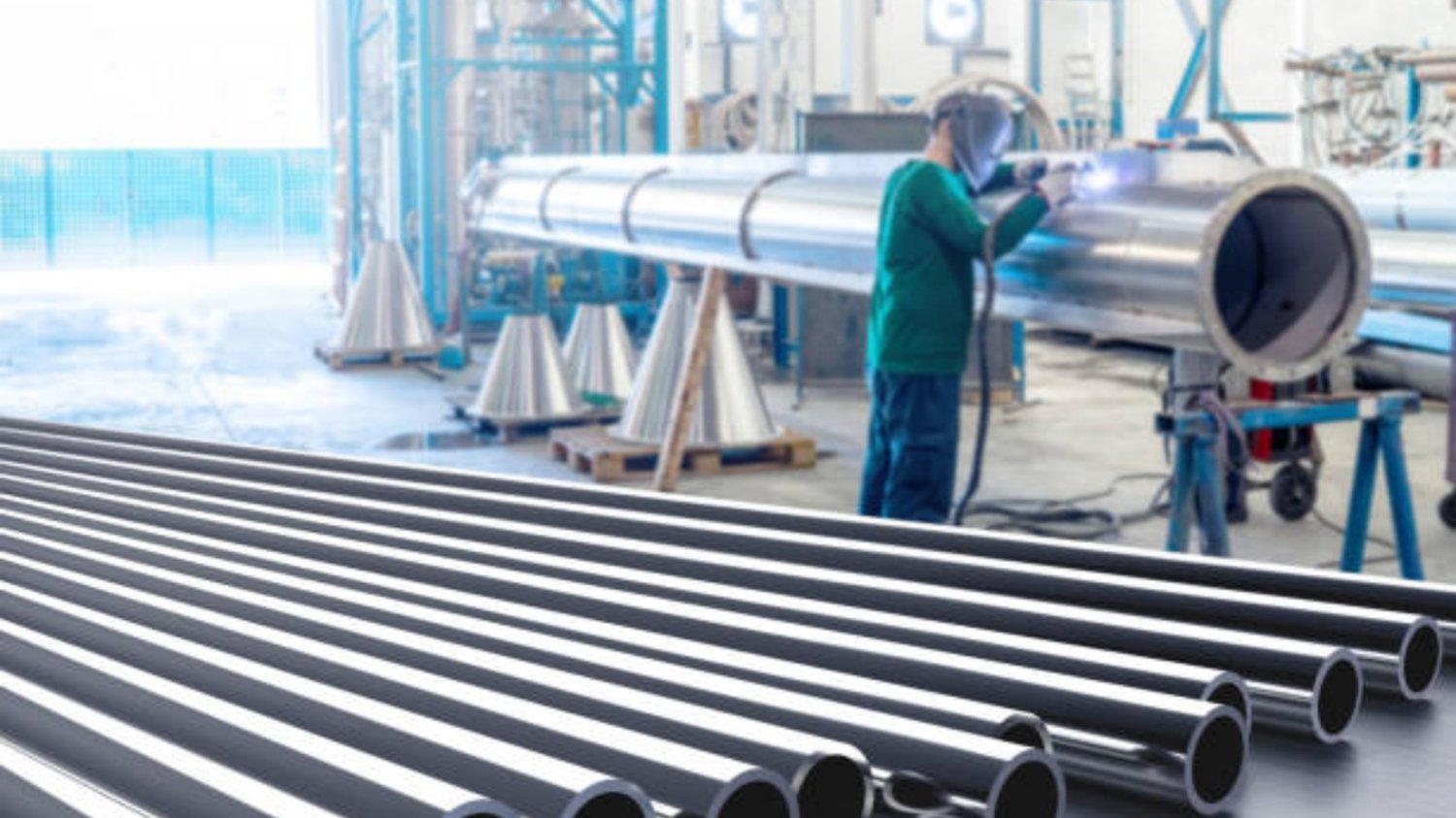The Most Common Pipeline Coating: A Comprehensive Guide
When it comes to ensuring the longevity and integrity of pipelines, coating plays a crucial role. Pipeline coating serves as a protective layer that shields pipes from corrosion, abrasion, and other forms of damage. With various coating options available, it's important to understand which type is the most commonly used. In this article, we will explore the most common pipeline coating and delve into its properties, benefits, and applications.
Understanding the Importance of Pipeline Coating
Pipelines are used extensively for transporting fluids and gases over long distances. Whether it's oil, gas, water, or chemicals, these pipelines are subjected to harsh environmental conditions, underground or underwater exposure, and internal pressure. Without proper protection, pipelines can suffer from corrosion, which leads to leaks, reduced efficiency, and potential environmental hazards.
Coating pipelines is a preventive measure that significantly enhances their durability and minimizes the risk of corrosion. By providing a barrier between the pipe's surface and the surrounding environment, pipeline coatings act as a shield, safeguarding the integrity of the infrastructure and ensuring the safe transportation of valuable resources.
The Most Common Pipeline Coating: Fusion-Bonded Epoxy (FBE)
Among the various pipeline coating options available, fusion-bonded epoxy (FBE) is the most commonly used. FBE is a thermosetting polymer coating that is applied to the surface of the pipe through a process called fusion bonding. This coating offers excellent adhesion, corrosion resistance, and mechanical strength.
The Properties of Fusion-Bonded Epoxy
Fusion-bonded epoxy coatings exhibit several key properties that make them highly desirable for pipeline applications:
- Corrosion Resistance: FBE coatings are highly resistant to corrosion caused by soil, water, and chemicals. This property significantly extends the lifespan of pipelines.
- Adhesion: The fusion bonding process ensures strong adhesion between the coating and the pipe's surface, providing long-lasting protection.
- Chemical Resistance: FBE coatings are resistant to a wide range of chemicals, making them suitable for pipelines that transport corrosive substances.
- High Temperature Resistance: FBE coatings can withstand high temperatures, making them suitable for pipelines that transport hot fluids or gases.
- Flexibility: FBE coatings have a certain degree of flexibility, allowing them to withstand minor movements and vibrations without cracking or peeling.
The Benefits of Fusion-Bonded Epoxy Coating
The widespread use of fusion-bonded epoxy coating in pipeline infrastructure is attributed to its numerous benefits:
- Cost-Effective: FBE coatings offer long-term cost savings by extending the lifespan of pipelines, reducing maintenance requirements, and minimizing the risk of leaks and failures.
- Environmentally Friendly: FBE coatings are solvent-free and have low volatile organic compound (VOC) emissions, making them environmentally friendly and safe for use.
- Efficient Application: The application process of FBE coatings is highly efficient, ensuring quick project completion and minimal downtime.
- Proven Track Record: Fusion-bonded epoxy coatings have been used for decades in various industries, demonstrating their reliability and effectiveness in protecting pipelines.
- Compatibility: FBE coatings are compatible with cathodic protection systems, further enhancing the corrosion resistance of pipelines.
Applications of Fusion-Bonded Epoxy Coating
Fusion-bonded epoxy coatings find wide-ranging applications in different industries and sectors:
Oil and Gas Industry
In the oil and gas industry, FBE coatings are extensively used for both onshore and offshore pipelines. These coatings protect pipelines against corrosion caused by soil, seawater, and chemicals commonly encountered in oil and gas production, refining, and transportation.
Water Transmission
FBE coatings are also commonly applied to pipelines used for water transmission. These coatings ensure the quality and integrity of water supply systems by preventing corrosion and minimizing the risk of contamination.
Chemical Industry
Due to their excellent chemical resistance, FBE coatings are widely employed in pipelines used for transporting chemicals and corrosive substances. These coatings protect against internal corrosion, ensuring the safe and efficient transportation of hazardous materials.
Mining and Slurry Transportation
In the mining industry, FBE coatings are used to protect pipelines used for slurry transportation. The robust corrosion resistance of these coatings is crucial in minimizing maintenance and avoiding costly downtime.
Infrastructure Development
FBE coatings are utilized in various infrastructure development projects, such as the construction of water and sewage pipelines, ensuring the longevity and reliability of these vital systems.
Conclusion
When it comes to pipeline coating, fusion-bonded epoxy (FBE) emerges as the most common and widely used option. Its exceptional corrosion resistance, adhesion, and mechanical strength make it a preferred choice across various industries. The benefits of FBE coatings, including cost-effectiveness, environmental friendliness, and compatibility with cathodic protection systems, further enhance their appeal. Whether in the oil and gas industry, water transmission, chemical sector, mining, or infrastructure development, FBE coatings play a vital role in safeguarding pipelines and ensuring the safe transportation of valuable resources.

